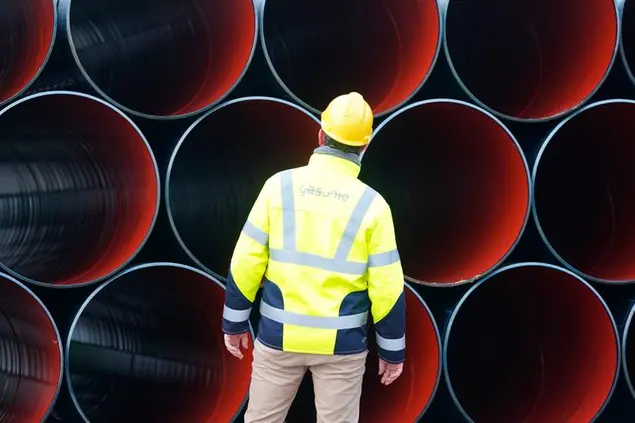- Il 19 settembre a Piombino è iniziato l’iter di valutazione di un progetto di installazione all’interno del bacino portuale di un rigassificatore.
- Una proposizione è rimasta invariata dal governo Draghi a quello Meloni: «Il rigassificatore di Piombino si farà perché serve al paese».
- Pur non sottovalutando la rilevanza strategica, non bisognerebbe sottovalutare la differenza tra “va fatto” e “va fatto lì”.
Il rigassificatore di Piombino, tra esigenze del paese e diritti della comunità locale

11 dicembre 2022 • 00:00